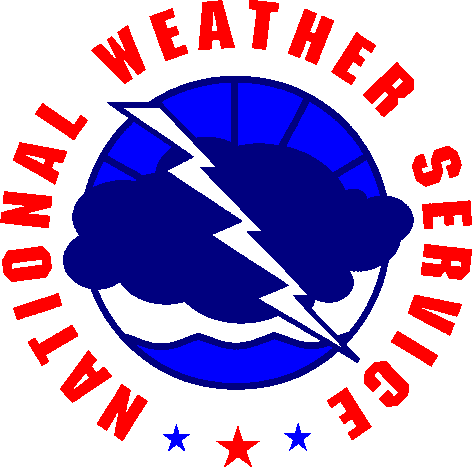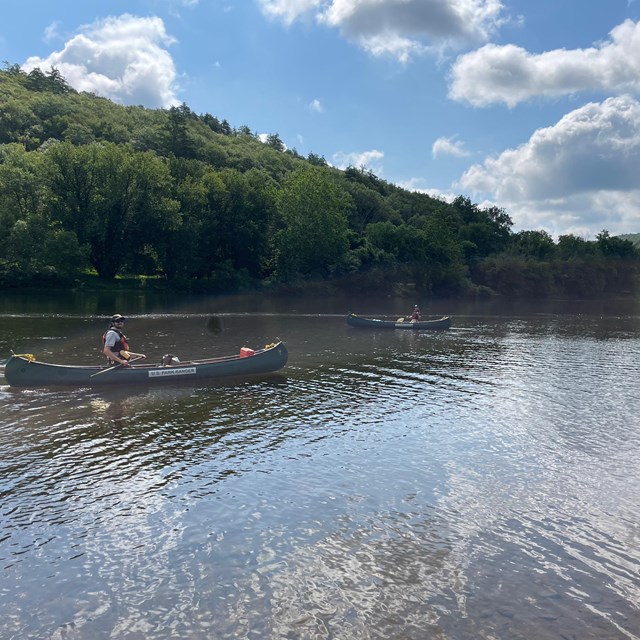
NPS No matter what time of year you are visiting the Upper Delaware Region, it’s essential to plan ahead and be prepared for a variety of conditions that can change rapidly. Before arriving in the Upper Delaware Region, it’s important to take note of the upcoming weather forecast so you can stay safe and be prepared throughout your visit. Especially if boating or fishing, one should always be ready for cold water conditions and wear a properly fitted life jacket. Loading weather forecast... HypothermiaHypothermia is possible, especially on the river, even during the summer. Even if it is hot out, the river water can be very cold. Wear appropriate clothing, stay dry, and keep active to stay warm in cold weather. If you suspect you or someone else may have hypothermia, move to a warm, dry place to rest and replace any wet clothing with dry clothing. Heat-Related IllnessesVisitors should also be cautious of heat exhaustion and heat stroke. These conditions are caused by exposure to high temperatures and humidity, especially when combined with strenuous physical activity. Always stay hydrated, avoid extended exposure to the sun, and stay cool in hot conditions. Average Seasonal Weather ConditionsWinter
Spring/Fall
Summer
* A water temperature of between 70°F and 80°F is recommended for swimming, kayaking, tubing, and other activities where you may get wet. Be Prepared!
|
Last updated: January 31, 2025




